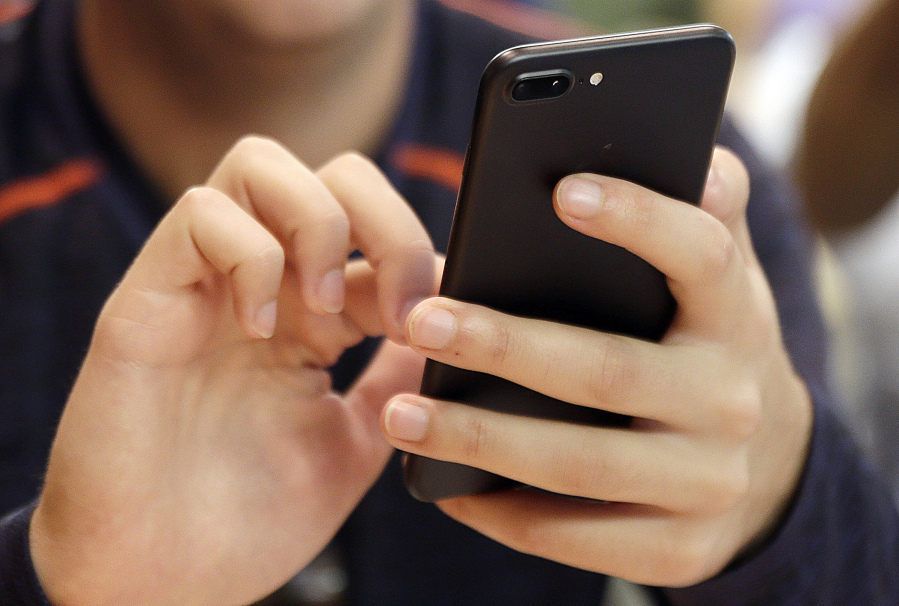Peninsula School District officials are changing the way they monitor student social media use at school.
Students are allowed to bring their personal cellphones with them to school.
In previous years, when students connected their devices to the district network, they could access their favorite social media sites.
That changes this school year.
“With these new and updated policies, PSD will block all access to social media on district networks and will only permit the use of students’ personal devices before and after school, during lunch, or if an administrator explicitly permits them,” district officials said in a press release.
The school board approved the policy July 27.
“We cannot control what students are able to access on their own private cell networks, but our schools have poor reception, so we think that will help curb access,” Danielle Chastaine, communications coordinator for the district told the Gateway.




